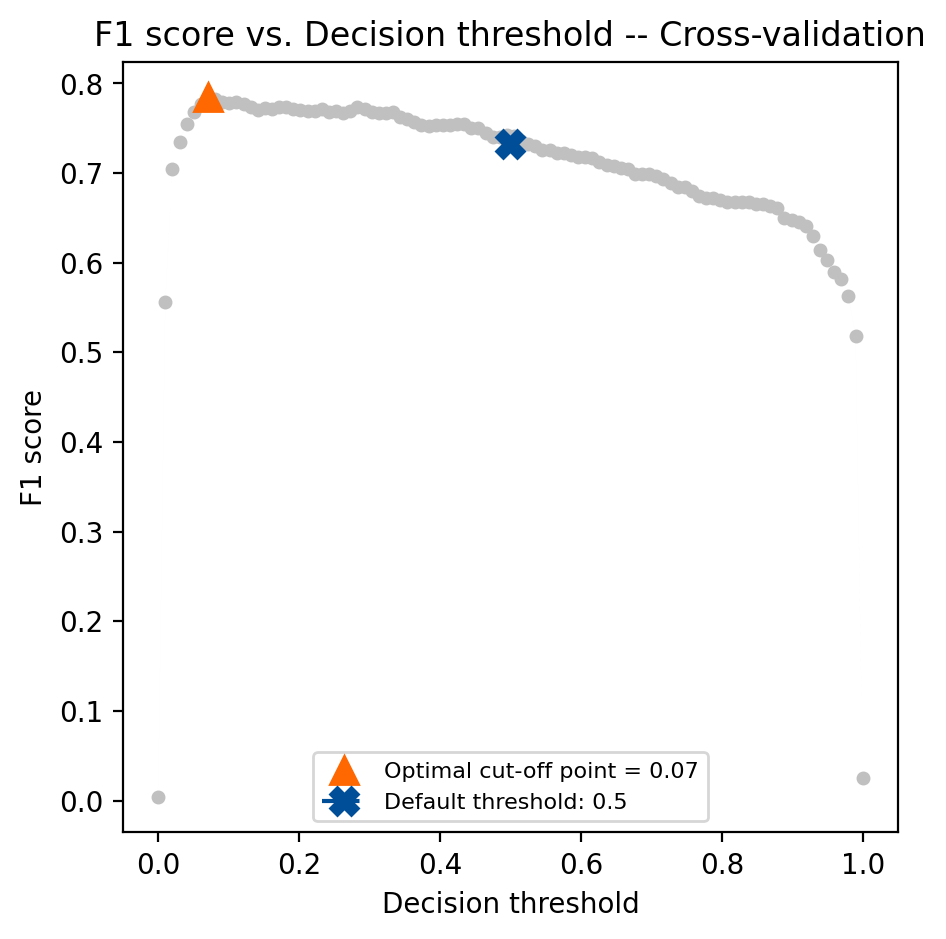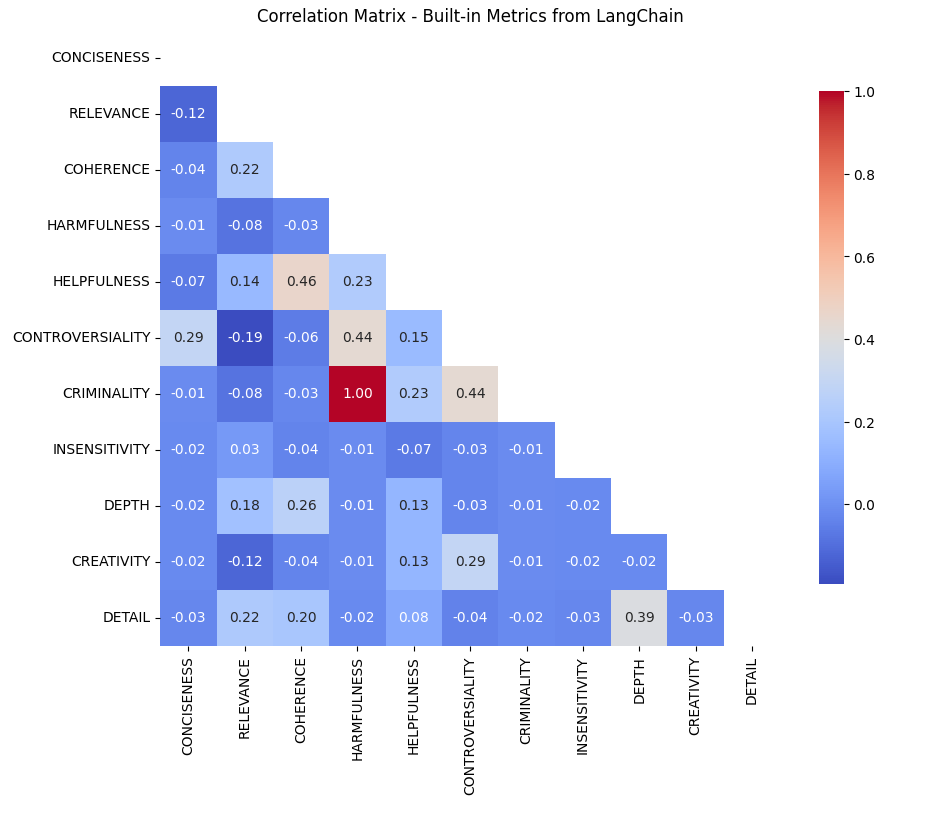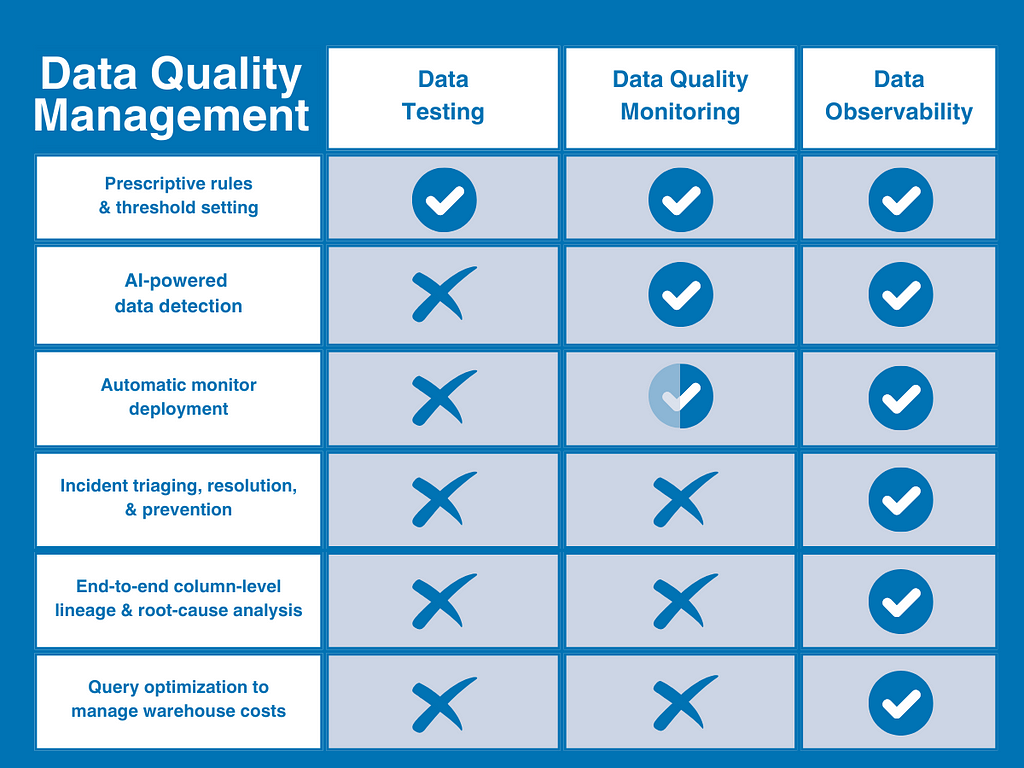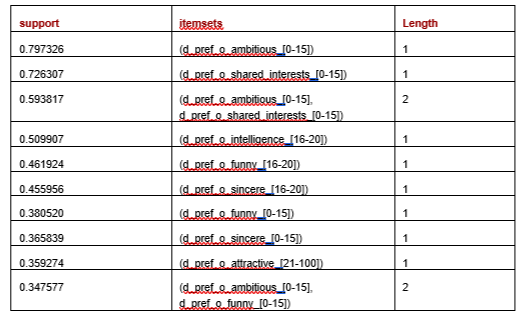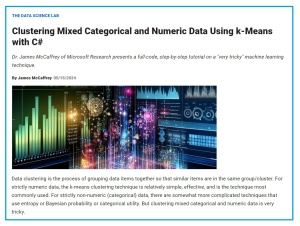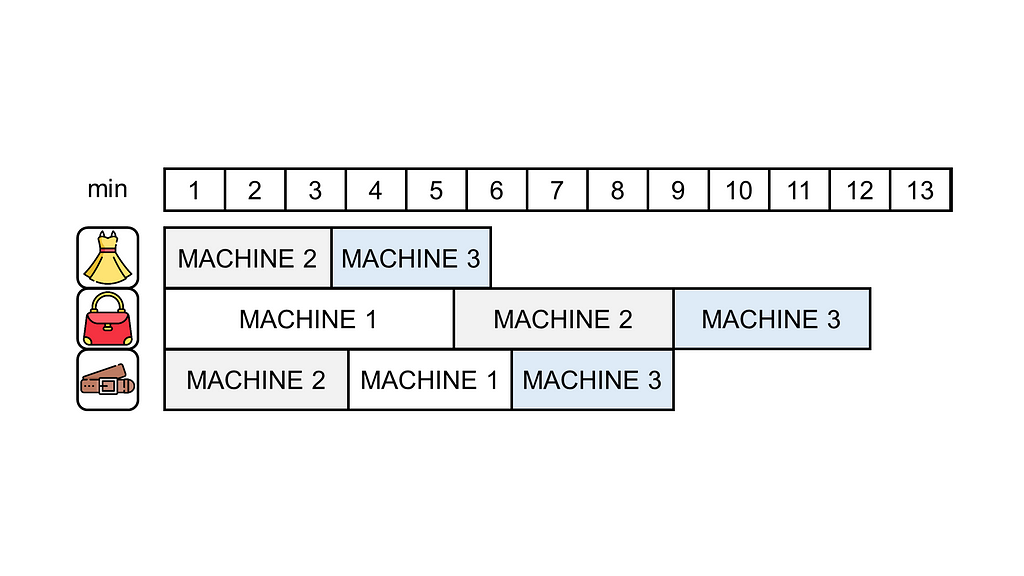Experts divided on human-machine relationships: Embrace benefits vs. heed Hollywood warnings about AI relationships. Chatbots offer comfort, despite cautionary tales from movie 'Her'.
The new TunedThresholdClassifierCV in scikit-learn 1.5 optimizes decision thresholds for better model performance in binary classification tasks. It helps data scientists enhance models and align with business objectives by fine-tuning thresholds based on metrics like F1 score.
Elon Musk's xAI secures $6bn investment, valued at $18bn pre-investment, challenging OpenAI with cutting-edge LLM technology. Startup advances generative AI for human-like text, pictures, video, and voices in just one year.
Scarlett Johansson upset over ChatGPT update mimicking her voice, sparking tech ethics debate. Hollywood tensions rise over rapidly advancing AI technology.
UK promotes 'Bletchley effect' of safety institutes at AI summit. Top scientist warns big tech distracts from AI risks.
AI tools like LLMs make complex HR analytics more accessible, enhancing organizational understanding and predicting network dynamics. By combining network analysis and psychology, organizations can gain deeper insights into leadership, turnover, and team performance.
LangChain's built-in metrics for AI output correlate helpfulness with coherence and controversiality with criminality. The study suggests users prefer concise over detailed responses in certain contexts.
Max Tegmark warns of big tech's distraction from AI risks, urging strict regulations to prevent delays in addressing existential threats. Leading scientist advocates for immediate action at AI Summit in Seoul.
Data quality management is evolving rapidly in the AI era, with monitoring, testing, and observability as key elements. As data environments grow, traditional methods may not be enough to ensure data trust in 2024.
Outlier detector method supports categorical data, provides explanations for flagged outliers, emphasizing need for interpretability in outlier detection. Identifying errors, fraud, unusual records in various datasets crucial for practical applications in business, scientific discovery.
OpenAI unveils GPT-4o, a more versatile and user-friendly large language model, showcasing its ability to interact in voice, text, and vision. The live event highlighted features like mid-sentence interruptions, low latency, and emotional sensitivity, with amusing interactions between tech bros and the machine.
Family of Michael Schumacher wins legal battle against Die Aktuelle for publishing AI-generated interview in 2023. Magazine promoted the 'deceptively real' piece despite sacking editor and apologizing to F1 great's family.
Author Sarah Crossan explores love triangle with AI twist in new novel, featuring a customizable AI-enabled doll named Zoey. The story delves into human emotions through the lens of technology, reminiscent of classic tales like ETA Hoffmann's The Sandman.
Article explores clustering mixed categorical and numeric data using standard k-means with C#. Techniques and demo program for preprocessing and encoding data for effective clustering.
Summary: Increase luxury product warehouse capacity by optimizing value-added services with Python. Use linear programming to reduce bottlenecks and boost inbound productivity by up to 48%.


